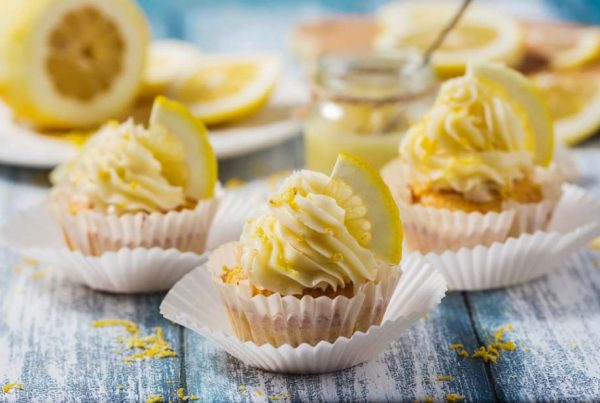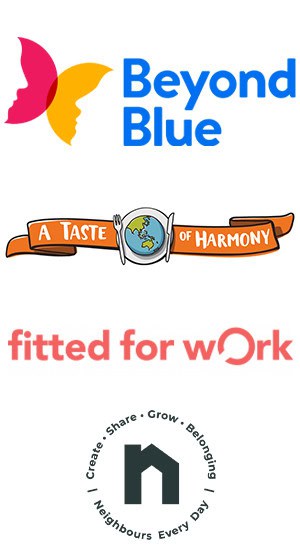
Cooking with Quinces | My sister Debbie has recently relocated to a beautiful rural property with her family, in a “tree change” that she has been looking forward to for some time. By way of welcome, one of her neighbours dropped in a bundle of beautiful fruit and vegetables that he grows on his own property. Among the bounty were some quinces. Having never used quinces before, Deb passed them on to me. In actual fact, I have never used quinces before either! But this seems like the perfect opportunity to try.

Grown since ancient times, the quince is related to apples and pears.
Having eaten and loved Maggie Beer’s quince paste on cheese platters, I decided that’s what I would make. Or try to make, anyway.
In preparation I spent quite a lot of time reading about quinces. They are in season in Australia between late March and May. They are very hard and can’t be eaten raw – I wouldn’t recommend it anyway. I had a little taste and it was pretty gross. The smell is quite beautiful though – I have read many descriptions of it but to me, the uncut fruit smells like a very ripe pineapple.

I cook them with the skin on to maximise the pectin | Beautiful pale golden quince puree!
Apparently the pectin content is highest in the skin, so I am going to leave the skin on to make my quince paste. I cut, core and chop the four quinces, and simmer in a pot of water for about 45 minutes until it is very soft. I then puree the quince pieces, skin and all, and measure the puree. There are five cups of puree, which I put into the bowl of my slow cooker with five cups of sugar.
Then I turn the slow cooker onto high and cook for five hours with the lid off. I need to stir it quite frequently, as it forms a skin, but not as much as I would have to tend to it if I were cooking it on the stove top.

The colour change as it cooks is magical!
After a few hours the quince starts to become a beautiful deep pink colour. It becomes thick and almost “stretchy”. At this point I pour it into a square ceramic baking dish, greased and lined in the base with Glad Bake.
Many of the recipes I read require the baking dish to go into the oven at the lowest setting at this stage, to dry out the mixture and set it further. But mine seems quite thick and dry enough, so I just leave it out overnight to see what will happen in the morning.
In the morning it has cooled and set to a consistency that I am familiar with from eating other versions of quince paste, so I don’t worry about the oven part. It turns out of the dish beautifully and I trim the edges and cut it up into pieces that I think are good for a cheese platter.

There is enough quince paste for over a dozen cheese platters….I’ll be giving some away, but keeping some to use not just with cheese but as a glaze for roast lamb and even I think a sweetening ingredient in Indian curries.
Quinces can also be made into jelly or marmalade, or poached or roasted. Thanks to Deb’s neighbour for the lovely quinces and for a great learning experience!
More Recipes








How long does it keep for Julie? I assume you would put in to a sealed container?
I have wrapped mine in little parcels in Glad wrap and put it in the fridge. One person has written four months, one other person wrote if vacuum sealed, indefinitely. Never made it before but will take note of how long it lasts.
Thank you, Julie, for this recipe. I have made quince paste on the stove top and one has to stand by it very closely to ensure that it doesn’t stick on the bottom. I’ll be trying the slow cooker now, as soon as I can find quince. Sometimes, finding quince in the shops is quite difficult. Wish me luck.
Good luck Marie! Yes you still need to stir in the slow cooker but nowhere near as much.
my mom did quins for the jewish new year feast, it is simple but sooooooooooo tasty, it goes like that:
4 quins, 1/2 cup sugar, 1 lemon juice, small cinamon stick, 3 cloves,
(NO WATER!), put every thing in a pan, put in the smallest flame that you can have, leave for few hours. in israel the quince are little different they are much harder then the quince that i see on the picture so it will take about 3 ours, but i live in the netherlands, here we have the same quince that you have, so i put it for aprox. 1 hour and it is done – enjoy you can eat it as desert, jam, near to meat instaed of apple mouse, etc.
That sounds lovely, I will try it next time I come across quince. I like the idea of serving it instead of apple, say for a pork roast.
We are lucky to have two very old quince trees on our property that are laden with fruit each March/April. In the past I’ve made chunky quince jam (always leave skin on), but this year I made some quince honey. Really easy and simply delicious. 5 large quinces (grated with skin on), 1 pint water, 5lb sugar. Boil water & sugar well, add grated quinces. Boil for approx. 15 minutes or until a consistency you like. This made about 6 medium jars.
Wow, that sounds lovely!
I love quinces in all incarnations. My Mum used to stew them for desert when I was little and I still love the grainy texture and perfumed aroma while they cook. We always ate them with custard.
She always said that her grandmother would put the quinces in the saucepan on the back of the slow combustion (fuel) stove and leave them there all day. She said she’d never seen quinces turn the same depth of crimson as those my great grandmother used to make.
I can’t see a quince without picturing the old family kitchen, the stove and the pot of quinces sitting on the low heat at the back.
Wish I could have tasted them!
Hi Lesley, thanks for your great story. It really makes me happy to know that a recipe can bring back such memories. I wish I could have seen your family kitchen!
Julie, do the quince get strained from the water before purée or purée the whole lot?
Looking forward to trying you recipe
Thanks
Thanks Lesley – no the quinces do not get strained.